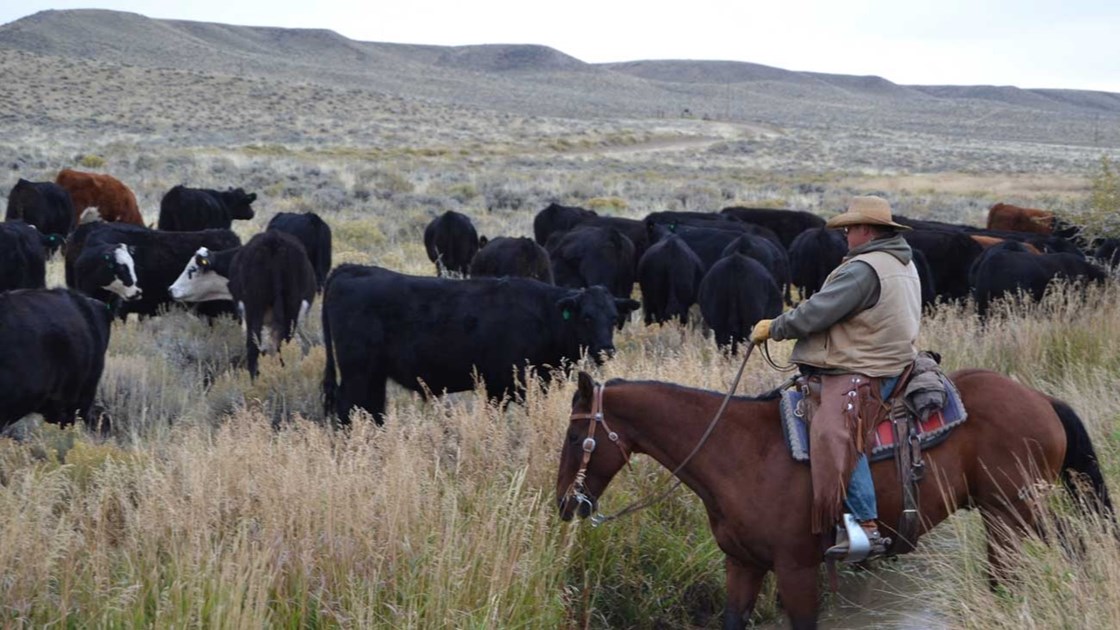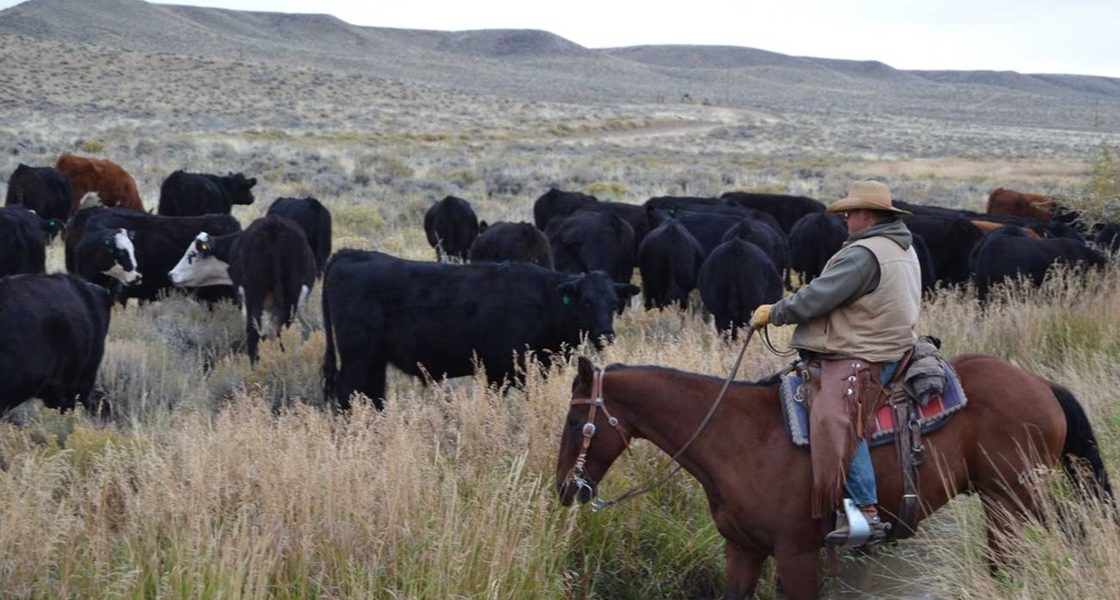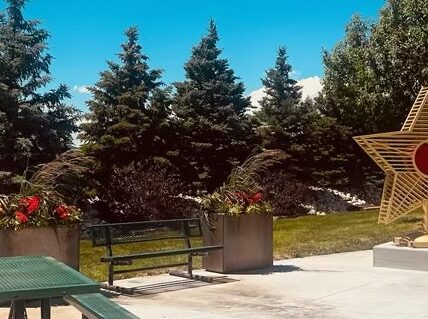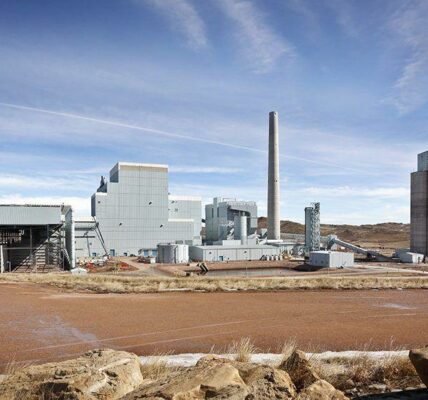
By Carrie Haderlie
The Sheridan Press
Via- Wyoming News Exchange
SHERIDAN — A new study by University of Wyoming researchers has found that for every dollar lost in the ranching industry, there is a $1.55 loss in secondary economic activity.
“On a statewide basis, for every dollar decrease in direct ranch sales related to livestock raising, that causes a $2.55 decrease in the overall economic activity in an area. That would be $1.55 loss in secondary activity, like veterinarians and local businesses,” UW Professor Emeritus David Taylor explained. “Agriculture is not just important to ranchers, but many other businesses on Main Street.”
Taylor spearheaded research using economic models to estimate the potential losses associated with the removal of federal grazing from cattle ranches in the three-state region.
Along with colleagues John Tanaka and Kristie Maczko, the researchers found that such changes would have lasting repercussions for ranchers and rural communities. Their findings are detailed in a series of publications from the University of Wyoming Extension Office, and include data on Wyoming, Oregon and Idaho.
While some groups advocate for the removal of all federal grazing, the four reports detailing the economic impacts on each state and the region overall showed the removal of federal grazing could result in significant economic losses.
“It is not just a one-state issue,” Taylor said. “Sixteen states in the West have significant amounts of federal grazing and would be affected by changes in that grazing use.”
In addition to estimating direct economic impacts to ranchers, the study analyzes secondary economic impacts to feed stores, veterinarians and bulk fuel dealers. Ninety-seven of the 104 counties in the three-state region studied have some federal grazing.
Of the 1.1 million acres on the Bighorn National Forest, there are presently 889,957 acres within active grazing allotments. Of those, 286,344 acres are considered capable of supporting livestock grazing, meaning they are meadows rather than timber, according to Tongue Ranger District Range Specialist Zach Palm.
The Forest Service permits livestock grazing based on the amount of livestock the acres can support. There are currently 68 active livestock grazing permits on 70 grazing allotments on the Bighorn National Forest.
“Livestock grazing on the National Forest is of mutual benefit to the rancher and the lands managed in the public trust because it contributes to the local economy, maintains the health of the plant communities in which livestock graze when applied appropriately, and reduces the risk of wildland fire,” Palm said.
But when not managed appropriately, livestock grazing can lead to degraded landscapes incapable of serving their natural functions such as water and soil retention, providing clean water, nutrient cycling and wildlife food/habitat, according to Palm.
“Properly managed, livestock grazing provides for all these natural processes while enhancing the rancher’s operation and the recreational opportunities our public lands provide,” Palm said.
Wyoming’s ag industry directly employs about 3,800 people, and cattle ranches with federal grazing leases are important to the state, Taylor said. Particularly in the most rural areas, research models revealed how the removal of federal grazing could affect not only the livelihoods of producers but also those who depend indirectly on the ranching community.
Cumulative effects over longer time horizons were also considered. Due to the 10-year life span of federal grazing permits, removal of federal grazing would affect more than the profits associated with a single year of production. If the 10-year permits were continually renewed, economic losses would compound over time, according to the research. Actual economic impacts could be greater than predicted, if some of the impacted ranches were unable to remain in production.
“It would affect feed stores, veterinarians and more rural, smaller communities that are very dependent on agriculture in general,” Taylor said. “There can be limited alternatives (for work) if you’re not ranching in those smaller towns.”
In his four decades at the University, Taylor said livestock grazing on federal lands has often come up. What’s new, he said, is an enhanced interest in how federal lands are managed.
“This has been a topic of discussion for years, but people over time have become more interested in how federal lands are managed,” Taylor said. “And there are several reasons for having livestock grazing. One, it is a management tool. The other is it manages ecosystems, so it is a natural sort of process. It is also economically important to ranches and communities.”
A removal of federal grazing leases could also significantly change the landscape of private lands at lower elevations, he said. Many ranchers move their livestock to higher ground, often in the national forest, during the summer months. They use the growing season to produce hay on private lands during the summer, and that hay is used to sustain livestock through the winter.
“The other aspect of this that doesn’t always come up is that most Wyoming ranches are not just federal land, they also have private land, private range and private hay ground. There are millions and millions of acres of that, and what happens to that acreage if federal grazing is not allowed? What would the effect be on private lands?” Taylor asked.






